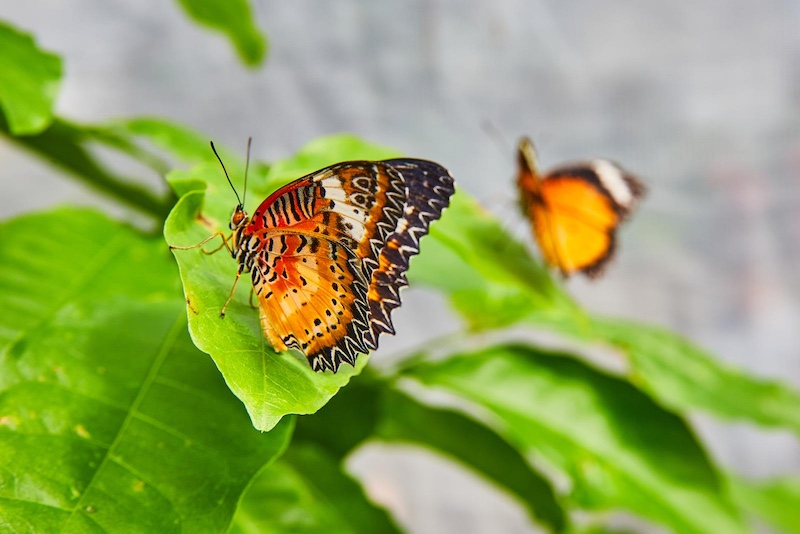Insects are incredibly diverse, and their communication methods are just as fascinating. These tiny creatures have developed a wide range of ways to interact with one another, from chemical signals to mesmerizing light displays. Each species has its own unique strategy for sending messages, whether it’s signaling danger or attracting a mate. Let’s explore 10 of the most intriguing ways insects communicate with the world around them.
Termites: Head Banging
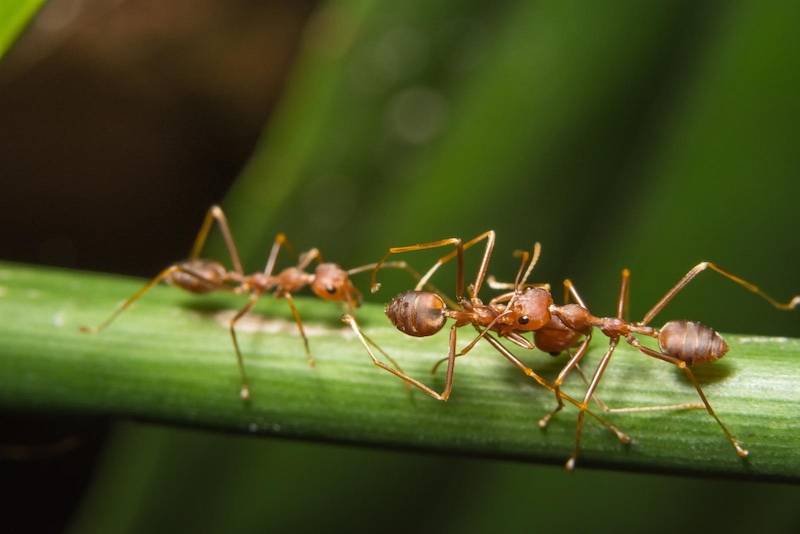
Ants use chemical communication, primarily through pheromones, to relay important information. When a worker ant finds food, it releases pheromones along its path to guide other ants to the source. These pheromone trails help the entire colony locate food efficiently, and once the food is gone, the trail gradually fades.
Treehoppers: Vibrational Signals
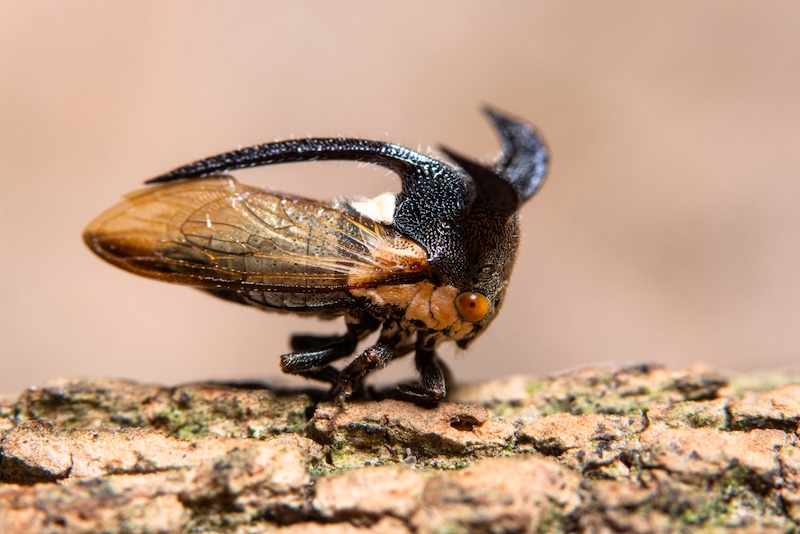
Treehoppers communicate through vibrations, sending signals through plant stems. By tapping or drumming on plant surfaces, they convey messages about territory, mating, or danger. This type of communication is especially effective in dense vegetation, where sounds and visual signals may not travel as well.
Fireflies: Bioluminescent Displays
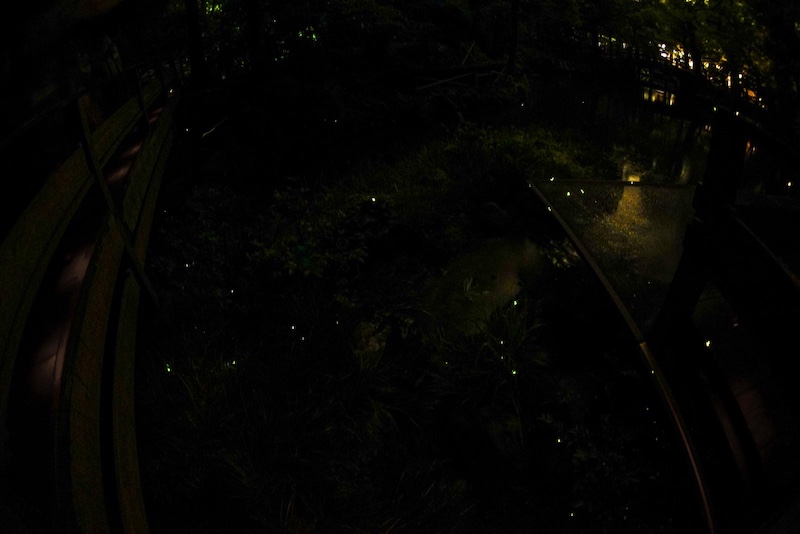
Fireflies use light to communicate, especially during mating season. Males flash specific light patterns to attract females, and each species has its own distinct flash pattern. This bioluminescent communication ensures that fireflies can find mates even in the dark, differentiating themselves from other species.
Crickets: Stridulation
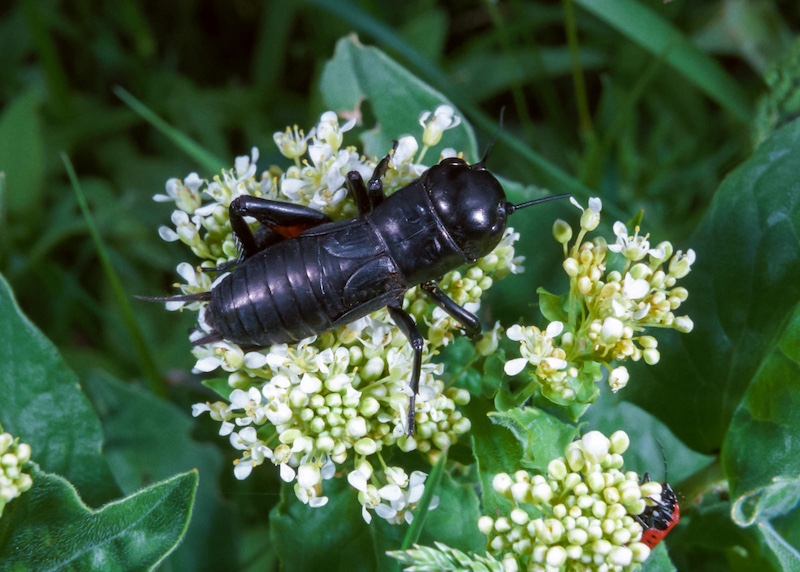
Crickets communicate by creating sound through a process called stridulation, where they rub their wings or legs together. These chirping sounds are often used to attract mates, with each species producing its own unique song. Stridulation is also used to signal aggression or establish territory.
Honeybees: The Waggle Dance
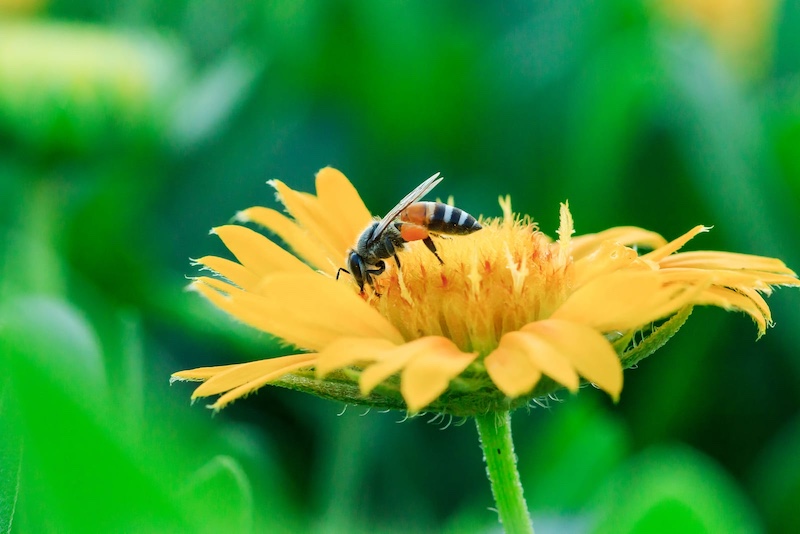
Honeybees use a tactile communication method known as the waggle dance. When a foraging bee finds a rich source of nectar, it returns to the hive and performs a dance that indicates the direction and distance of the food. The angle and duration of the dance provide precise navigational information to the other bees in the colony.
Ants: Chemical Alarm Signals
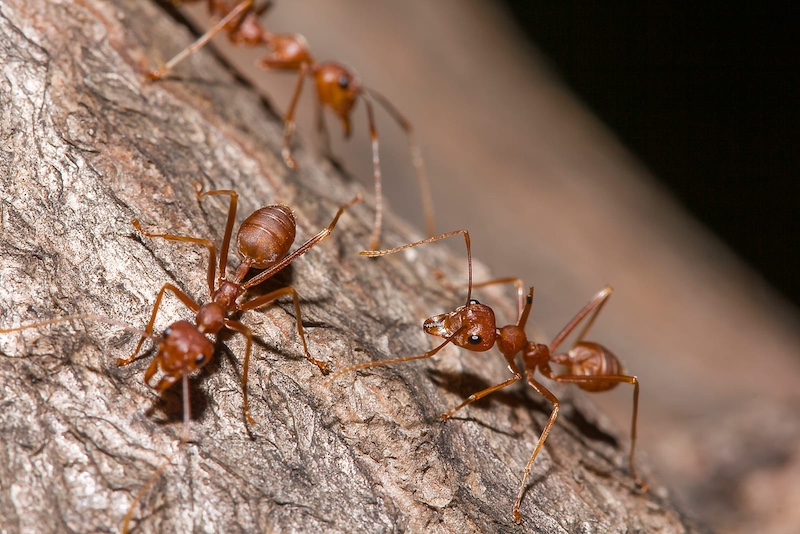
Ants also use chemical communication to warn their colony of danger. When an ant senses a threat, it releases an alarm pheromone that alerts other ants nearby. This pheromone can prompt defensive behaviors or cause ants to mobilize and defend their colony against predators or intruders.
Butterflies: Visual Mimicry
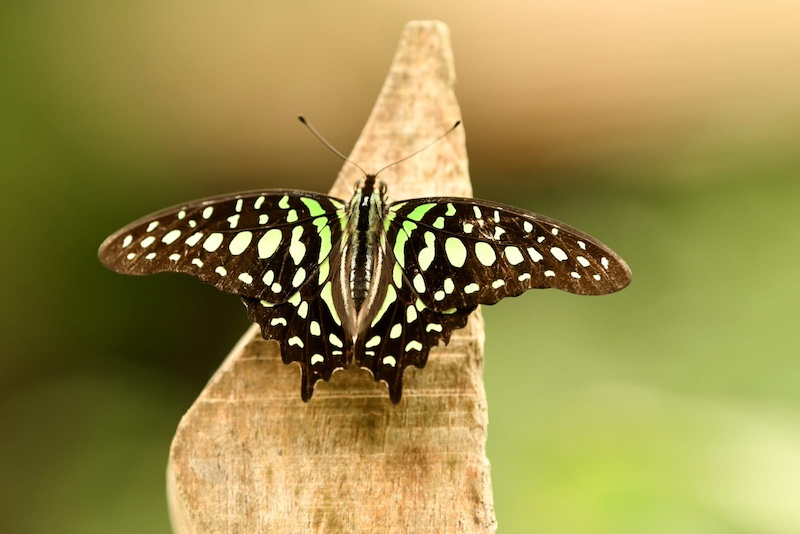
Certain butterfly species, such as the Viceroy, use visual communication in the form of mimicry. They have evolved to resemble more dangerous species, like the Monarch butterfly, which predators avoid. This form of communication, through appearance, is a defense mechanism that helps butterflies avoid predation.
Cicadas: Acoustic Signals

Cicadas communicate through loud, continuous calls that are especially prominent during mating season. Males produce these sounds using specialized structures called tymbals on their abdomen. Each species of cicada has its own distinct call, helping individuals find mates in a crowded environment.
Mosquitoes: Wing Beat Frequency

Mosquitoes use the frequency of their wing beats to communicate during courtship. Males and females synchronize their wing flapping to match the same pitch, which helps them identify suitable mates. This subtle acoustic communication plays a critical role in mosquito reproduction.
Grasshoppers: Color Change Communication
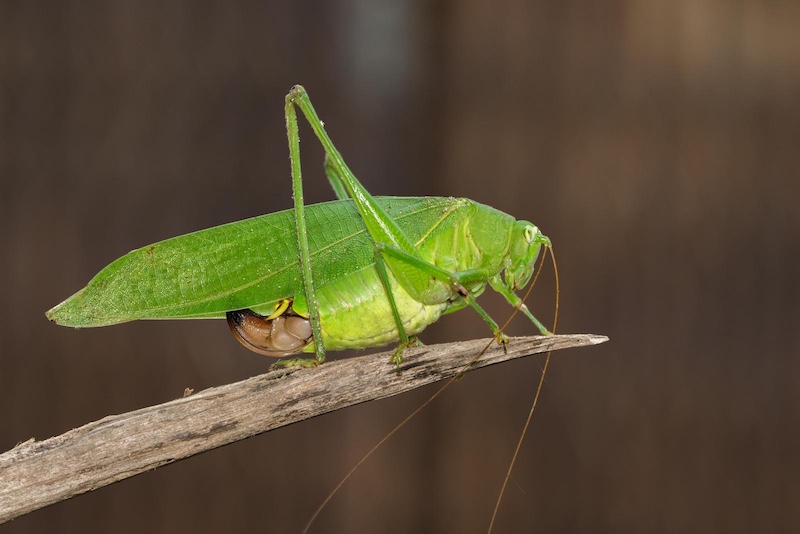
Certain grasshopper species use color changes to communicate with one another. During the breeding season, male grasshoppers may develop bright, vivid colors to attract females. This color shift serves as a visual cue, signaling readiness to mate and helping individuals stand out in their environment, especially in crowded areas. Please Note: This content was created with the assistance of AI and thoroughly edited by a human before publishing.

